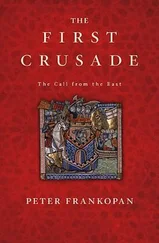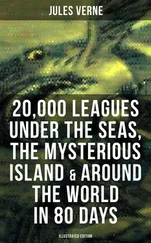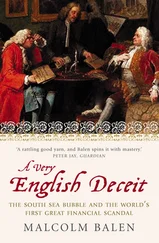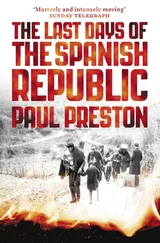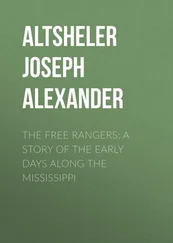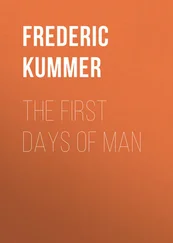The streets of Spandauer Vorstadt had always been home to upstanding citizens alongside nightclubs and brothels. Leo Heller wrote of Linienstrasse in 1928 that it was ‘the main artery of a neighbourhood traditionally associated with crooks’. But it wouldn’t be right to call these roads mean streets, he noted, because ‘strangely, the nastiest and most notorious areas of Berlin are also home to an honest, solidly middle-class population’. Heller mentioned Linienstrasse being the territory of ‘adventurous ladies and their protectors’. The road was lined with hotels, student bars and dives such as Zur Melone, frequented exclusively by burglars. In the late nineteenth century, the Eimer building in Rosenthaler Strasse housed a popular bar called Der Blaue Panther with an adjacent brothel. Prostitution returned to Oranienburger Strasse the summer before the fall of the Wall: the whores were a few months ahead of the revolution. The galleries, bars and clubs that appeared in the neighbourhood soon afterwards foreshadowed its future as a desirable and expensive part of the city.
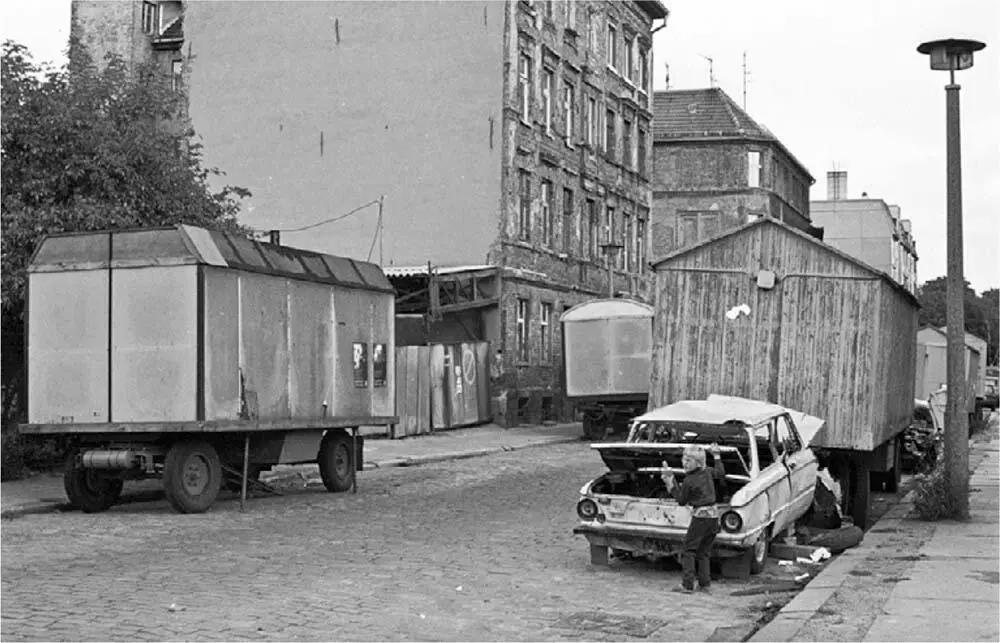
Fig. 4Wrecked car in Auguststrasse, 1990
Mitte’s importance as a location for galleries dated back to the days of East Germany. Friedrich Loock started his first gallery in early 1989 in his small flat in Tucholskystrasse before later moving Wohnmaschine to shop premises in the same building. Legend has it that it was he who came up with the idea in the winter of 1989 of organizing an exhibition in the old shopping arcade in Oranienburger Strasse that was squatted and named Tacheles soon afterwards. When the Wall came down, Kunst-Werke opened its doors in Auguststrasse. Judy Lybke’s gallery Eigen + Art took up residence a few buildings away, allgirls gallery was diagonally opposite and for a while Galerie Neu ran a few rooms at the other end of the street. A sculptor opened Hackbarths in Auguststrasse, a corner pub that is still there today. And so, after the fall of the Wall, a web of galleries, bars and clubs quickly came into existence. Art was also the ongoing result of productive hang-outs in bars run and frequented by artists, places where they could share ideas with colleagues, critics and gallery owners.
There was certainly no shortage of opportunities for such conversations at the counters of bars and on the edge of the dance floors in Mitte. Dozens of bars and small clubs sprang up in the area bounded by Chausseestrasse in the west and Alexanderplatz in the east, Oranienburger Strasse and Invalidenstrasse in the south and north. Clustered around Hackescher Markt were Aktionsgalerie, Assel, C-base, Eschloraque Rümschrümpp, the berlin-tokyo gallery, the Gogo Bar, Sniper and Toaster, and in Rosenthaler Strasse you could find Club for Chunk, Delicious Doughnuts and the Eimer; there was Sexiland and the Imbiss International snack stand on Rosenthaler Platz, and the Boudoir, the Glowing Pickle, Hohe Tatra and Subversiv in Brunnenstrasse; Ackerstrasse had Schokoladen, and then there was Acud in Veteranenstrasse, and Suicide Circus in Dircksenstrasse. Mutzek in Invalidenstrasse subsequently became the Panasonic. There was a whole array of Monday bars. For a while 103 took up residence near Oranienburger Strasse, as did the fourth and fifth iterations of WMF, which had been hopping around the city since 1990. People went to Kunst + Technik on the banks of the river Spree opposite the Museumsinsel.
This is only a selection of local clubs. Some stuck around for long enough to become fixtures, some existed for a single summer or winter and others for just one party; very few have survived to this day. Some places quickly made the listings in the city’s magazines, others you could only find if you knew the right people or happened to be in the right place at the right time. Flyers publicized parties and exhibition previews. Sometimes music and loud voices would lure you into a courtyard as you were walking past, and you would stand there outside a house, in a courtyard, by a door, listening out for where the party was. The best plan for someone unfamiliar with the neighbourhood was to get out of the underground at Oranienburger Tor and start their tour at Café Zapata or Obst & Gemüse.
Serdar’s cousin was the first Yildirim here. He opened his snack stand in April 1993. The small building used to be a public toilet in East Germany, perhaps even in Hitler’s day. Now Serdar’s cousin supplied the locals and the Tacheles squatters on the other side of the road with doner kebabs, boreks, multivitamin juice and beer until four or five in the morning.
Serdar’s family soon took over the kiosk next door. Magazines and newspapers were spread on the wide shelves in front of the glass-fronted stall, and tobacco and drinks passed out through the large window. Serdar was fourteen when he started to lend his parents a hand. When he first took his place at the news stand, Café Zapata had opened at Tacheles diagonally opposite, Obst & Gemüse a little further on. People used to drop peanut shells on the floor there, and by the early hours a layer an inch deep would have formed. They drank beer from the bottle standing up, as had long become the custom in Kreuzberg and Schöneberg. In the summer, squatters from Mitte would sit at the tables and on the pavement alongside guests from all over the world. Obst & Gemüse and Café Zapata were there before any other pubs had really got going in Mitte.
‘The Zapata and Obst & Gemüse were enough at the time. The street was busier then than it is now’, Serdar says. ‘People lived in Tacheles and in the building next door. The whole thing was all open, and anyone could just go in and out. There were hundreds of people, from England, Ireland, Spain, Italy, West Germany and East.’
Many others were also involved in German reunification. Serdar’s list could be a lot longer. Totting up the nationalities, he left out the young Americans, Austrians, Australians, Yugoslavs, Poles, Russians, Lithuanians, Finns, Dutch and other overwhelmingly young visitors for whom Tacheles was a gateway into a different land after the fall of the Wall. This was a place where sometime sightseers became squatters, passers-by became partakers, rovers evolved into ravers and middle-class kids got creative. Tacheles was the interface between the official city and the uncharted territory of Berlin-Mitte with its squats, temporary studios and bars, improvised living-room galleries and nomadic basement clubs.
The reunification of West Berlin and the former East German capital was sealed on the dance floor and in bars, at previews and in beds in occupied houses. Everyone in Mitte came from somewhere, which was equally true of the people who’d gone nowhere. The citizens of the capital of the GDR stayed in the same place. They shut the door behind them one evening, went to sleep and woke up the next morning in a different city. The people who drove out the Politburo in the autumn of 1989 and occupied the Stasi’s Normannenstrasse headquarters during the winter were desperate to see the world beyond the Wall, but within months the whole world had come to them. The streets of Mitte echoed to the sound of English, Spanish, Italian and Russian. Given that a majority of East Germans couldn’t speak any English, most of the foreign pioneers quickly picked up a smattering of German to be able to chat, shop and order food at a snack bar.
In his 1992 documentary film Aufgestanden in Ruinen [ Risen in Ruins ], Klaus Tuschen presents the early days of Art House Tacheles. He shows how an open commune develops into a cultural venue, how a social structure morphs into a subsidized institution. We watch people arguing in plenary sessions and the house’s spokesman taking government minister Rita Süssmuth on a guided tour, describing the various cultural activities in his audibly Swabian accent and informing her about the ongoing repairs. The minister is in a good mood and obviously enthused. Less impressed by the in-house developments are a group of East German punks, including a child, who feel bullied. The professionalization and institutionalization of the house are good for the artists and theatre professionals who plan to work here. The punks, who just want to live and party in the building, are already in the way. In the middle of this laboratory – a microcosm of the way Mitte is heading – a construction squad of young Brits, Australians and Americans is on the job. They sit in front of the camera in their sturdy boots and dusty clothes and explain how they want to remove all the rubble from Tacheles’ cellar so that it can host one of the first clubs in Mitte: Ständige Vertretung.
Читать дальше


